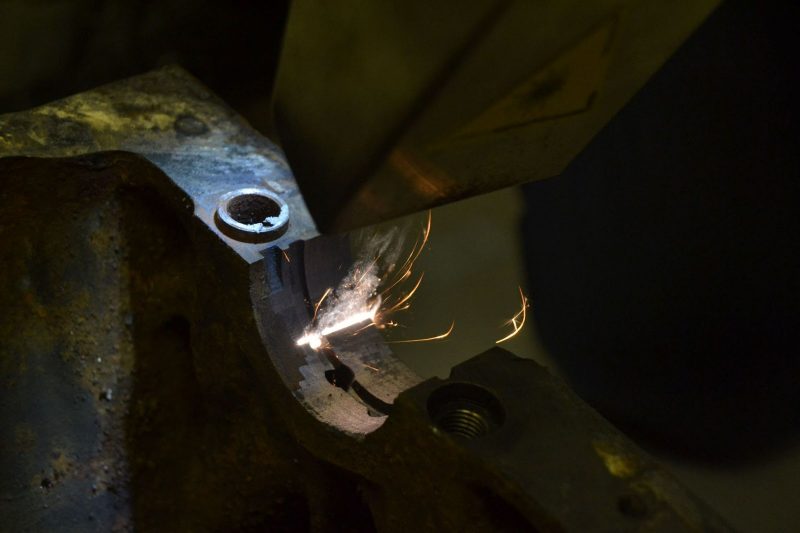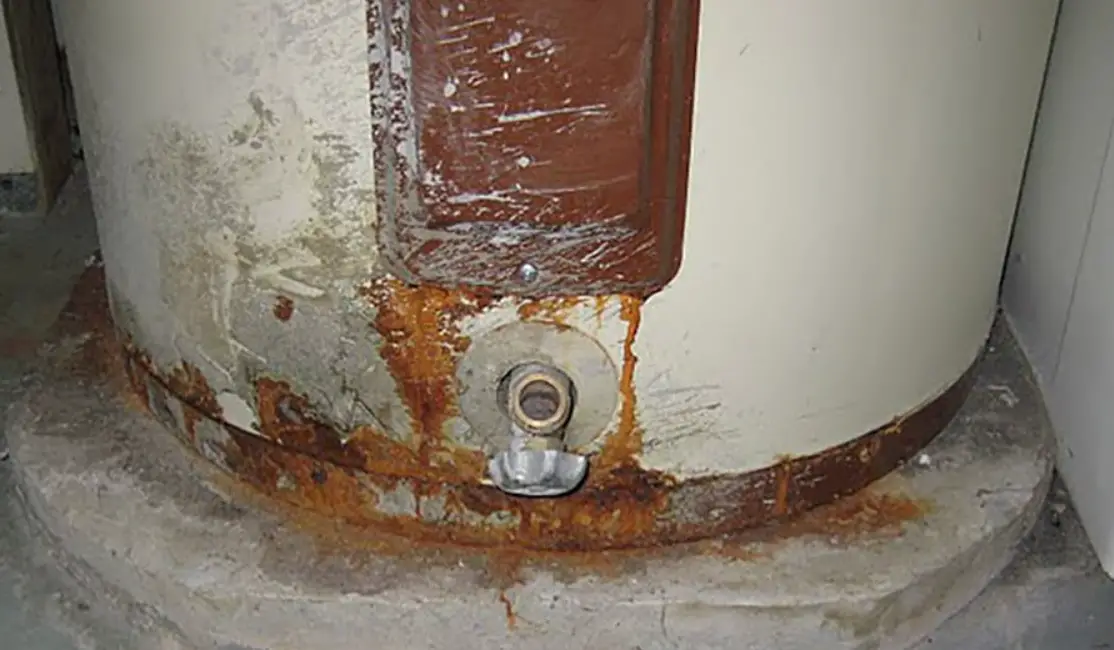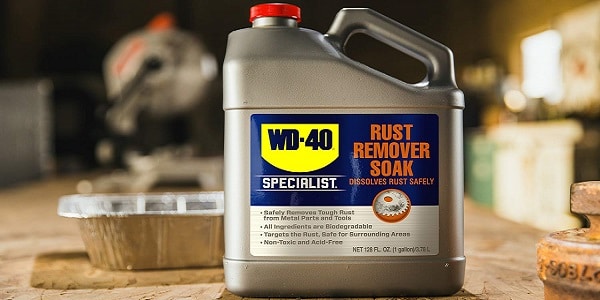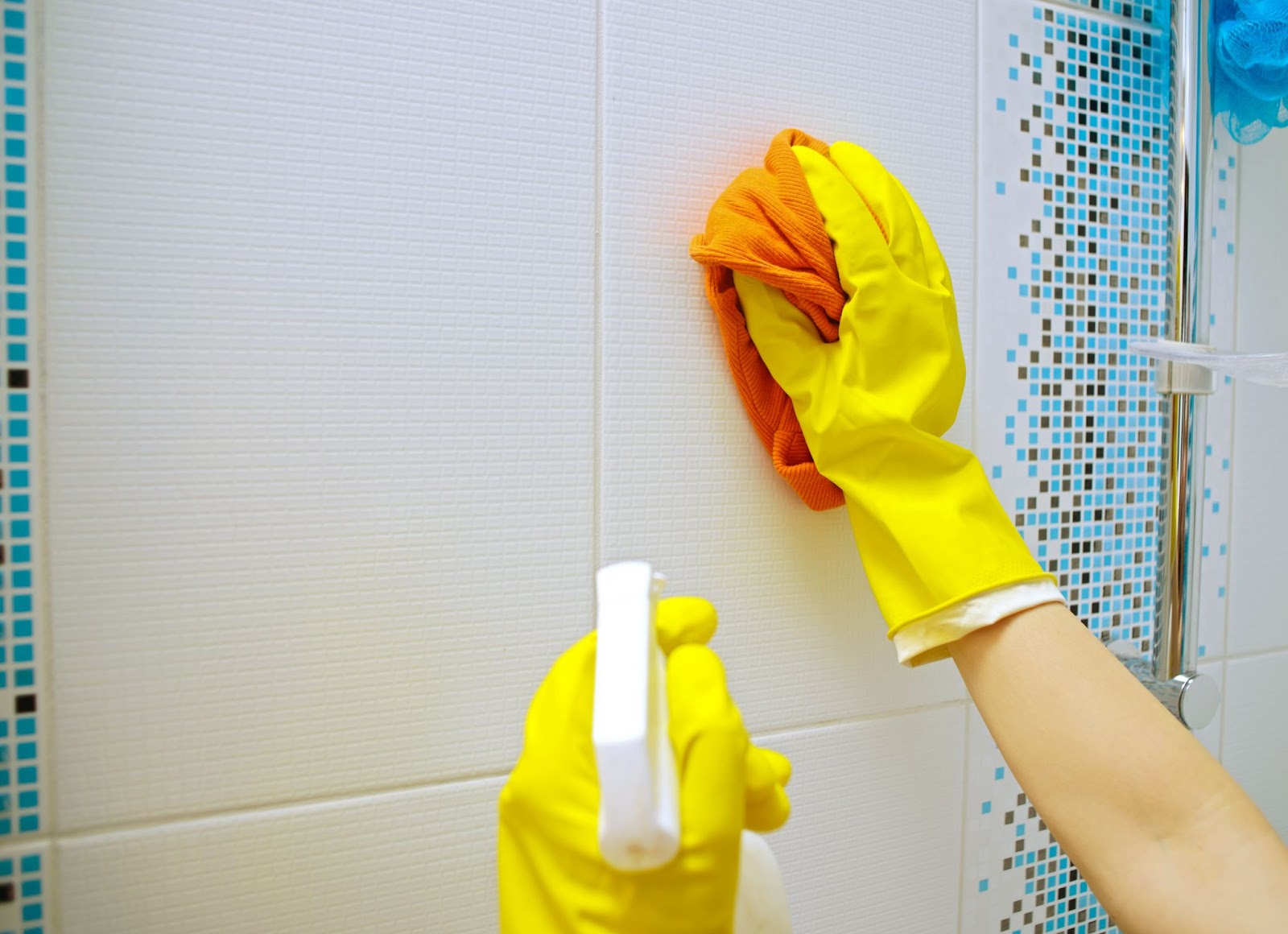Surface treatment is an essential step in manufacturing and production. There are a variety of methods that can be used to achieve the desired finish, but one technology that is becoming increasingly popular is laser blasting. This process uses a powerful laser to remove material from the surface of an object. In this article, we will discuss the basics of laser blasting and explore its advantages over other methods.
Laser blasting, what is it?
Laser blasting is a type of surface treatment that is used to improve the appearance or functionality of a material.
The laser produces a focused beam of energy that vaporizes the material it comes into contact with.
This powerful beam of light can remove dirt, grime, and other unwanted materials from the surface of an object.
But how does it work?
Laser blasting uses a concentrated beam of light to vaporize the unwanted material. The light energy is absorbed by the material, causing it to heat up and expand.
This process is known as sublimation, and it happens instantaneously, making laser blasting an extremely efficient way to remove coatings. The process is also highly controlled, so there is minimal damage to the underlying metal surface. As a result, laser blasting is an ideal solution for a wide range of industrial applications.
This device can be used to clean, etch, or engrave a variety of materials, including metal, glass, plastic, and stone. In addition, laser blasting is a relatively clean process that produces minimal dust and debris. As a result, it is often used in food processing and medical facilities where cleanliness is critical.
The process is typically performed by trained professionals using specialized equipment. However, some home improvement stores now offer laser blasting services for do-it-yourselfers.

The advantages of laser blasting
Laser blasting is a cutting-edge technology that offers a wide range of benefits.
- First, it is much faster, meaning that parts can be cleaned in a shorter amount of time.
- Second, it is more precise, meaning that only the desired area will be affected by the blast.
- Finally, laser blasting produces very little waste and can be done without the use of harsh chemicals. As a result, it is an environmentally friendly option for cleaning metal parts. In addition, laser blasting is safe for use on delicate parts and can be used to remove paint and other coatings from surfaces.
As a result, laser blasting is an increasingly popular choice for a wide range of applications.
The different types of lasers that can be used for blasting
When it comes to blasting, there are a variety of different lasers that can be used. Each type of laser has its advantages and disadvantages, so it’s important to choose the right laser for the job at hand. Some of the most common types of lasers used for blasting include CO2 lasers, Nd: YAG lasers, and fiber lasers.
- CO2 lasers are the most commonly used type of laser for blasting. They are very versatile and can be used for a wide range of applications. However, they do have some limitations. For example, they cannot be used to blast materials that are transparent or reflective.
- Nd: YAG lasers are another popular choice for blasting. They are more powerful than CO2 lasers and can be used on harder materials such as ceramics and metals. However, they are also more expensive and require more maintenance.
- Fiber lasers are the newest type of laser on the market. They are very powerful and can be used to blast even the toughest materials. However, they are also the most expensive type of laser.
How to choose the right laser for blasting?
Whether you’re looking to remove rust from metal or strip paint from a wall, laser blasting is an effective way to get the job done. But with so many different types of lasers on the market, how do you know which one is right for your needs? Here are a few things to keep in mind as you shop around.
- First, consider the power output of the laser. A higher-powered laser will be able to blast through tougher materials more quickly. However, it’s important to make sure that the power output is appropriate for the type of material you’ll be working with. For example, using a high-powered laser on delicate materials could cause damage.
- Second, take into account the size of the area you’ll be working with. A smaller laser beam can be more easily concentrated on a small area, making it perfect for detailed work. Conversely, a larger beam is better suited for blasting large surfaces.
- Finally, think about the level of precision you need. Some lasers come with features that allow you to adjust the focus and size of the beam, giving you greater control over the results. If accuracy is critical, look for a laser with these adjustable features.
By keeping these factors in mind, you can narrow down your options and choose the right laser blaster for your needs.
How to use it effectively?
Lasers are a powerful tool for blasting, but they must be used correctly to be effective. Here are some tips on how to use a laser for blasting:
- Make sure the laser is properly aligned with the target. The beam should be perpendicular to the surface of the target, and the point of impact should be in the center of the target.
- Adjust the power level of the laser so that it is strong enough to penetrate the material, but not so strong that it damages the surrounding area.
- Practice using the laser on small targets before moving on to larger ones. This will help you get a feel for how the laser works and how to best direct its beam.
- Fire the laser in short pulses rather than continuous beams. This will help to prevent overheating and will minimize collateral damage.
Following these guidelines will help you to get the most out of your laser blaster and minimize any risks associated with its use.
A few extra tips to keep in mind
- The type of laser being used will dictate the wavelength of the beam. This will affect the absorption of the beam by the material being blasted.
- The distance between the laser and the surface being blasted will also affect the absorption of the beam. The closer the distance, the greater the absorption.
- The focus of the beam will also affect the absorption. A smaller focus will result in greater absorption.

Laser blasting safety tips
When it comes to laser blasting, safety is always the top priority. Here are some essential tips to help keep you and your team safe on the job:
- Always wear protective eyewear. Laser blasts can cause serious eye injuries, so it’s important to wear protective glasses or goggles.
- Never point the laser beam at anyone. Not only is this dangerous, but it’s also illegal in many jurisdictions. If you need to point the beam at someone, always use a diffuser to reduce the intensity of the light.
- Be aware of your surroundings. Keep an eye out for reflective surfaces like windows and mirrors, as they can reflect the laser beam and cause damage. Also be aware of flammable materials like paper and fabrics, as they can catch fire if hit by a strong laser beam.
- Keep the blaster away from children. Children are naturally curious and may not understand the dangers of the weapon.
Follow all safety procedures. Every laser blasting job is different, so make sure you understand and follow all safety procedures for your specific task. This will help ensure that everyone stays safe while the work is being done.
Case studies of businesses that have benefited from laser blasting
Many businesses have benefited from laser blasting. One example is a company that manufactures medical devices. The company uses laser blasting to clean and sterilize its products before they are shipped to hospitals and clinics. The process removes all traces of contaminants, including bacteria and viruses, from the surface of the devices. This ensures that the devices are safe for use and helps to prevent the spread of infection.
Body Shop
Another business that has benefited from laser blasting is an auto body shop. The shop uses laser blasting to remove rust and paint from cars before painting them. The process is much faster and more effective than sandblasting, and it does not damage the metal beneath the paint. This allows the shop to provide a higher quality service to its customers.
Optical Fiber Production
A company that produces optical fiber has received benefits from laser blasting too. The company uses a laser blaster to clean the fibers before they are coated with plastic. This ensures that the fibers are free of dust and other contaminants that could cause problems during the manufacturing process. As a result, the company has been able to improve its production efficiency and produce higher-quality products.

The electronics manufacturer similarly got benefits from laser-blasting. The company uses laser blasting to clean the circuit boards that it produces. This helps to ensure that the boards are free of dust and other contaminants that could cause problems during assembly or use. As a result, the company has been able to improve its production efficiency and produce higher-quality products.
Laser blasting has also been used to restore historic objects. For example, a laser blaster was used to clean the exterior of the Statue of Liberty. The laser blaster removed years of dirt and grime, revealing the original beauty of the statue. Laser blasting has also been used to clean sculptures, paintings, and other works of art. In each case, the process was able to safely remove surface contaminants without damage to the underlying material.
Conclusion
If you’re looking for an environmentally friendly and cost-effective way to blast away unwanted materials, a laser blasting system is a perfect option. Laser blasting is a cutting-edge technology that offers a wide range of benefits, including low waste and the ability to do without harsh chemicals. Businesses across a wide range of industries have seen success with this technology. Why not give it a try? Just don’t forget to always use safety goggles and follow the other safety tips.



Leave a Reply